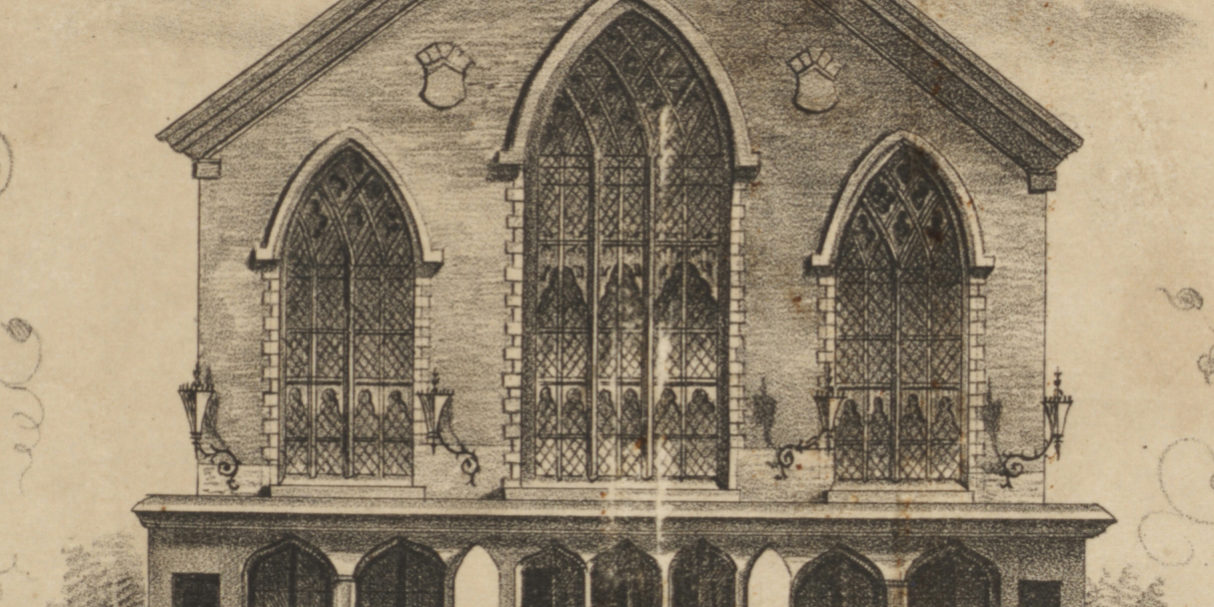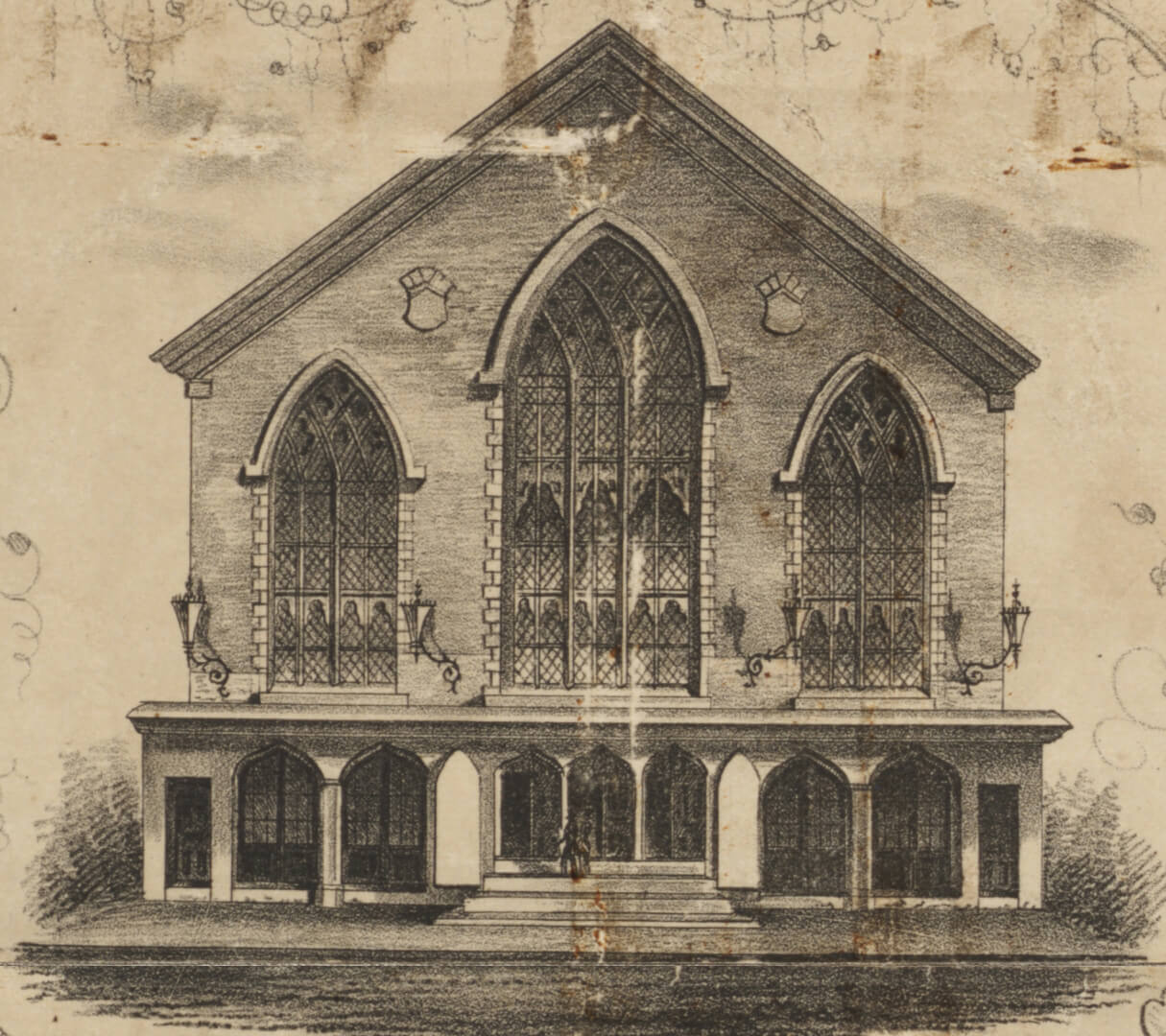The Old Howard Theatre
The West End Museum premieres a new exhibit, which runs through February 15, 2020, “The Old Howard Theatre,” in celebration of Boston’s oldest and best-loved playhouse, which stood in the heart of Boston’s Scollay Square just steps from the old West End. The Howard’s origin, glory days, and ultimate demise are recounted through photographs, artifacts, and graphic panels.
“Scollay Square and the Old Howard will always be connected to the history of the West End,” said Duane Lucia, the Museum’s executive director and exhibit curator. “By the 1950s, the Old Howard had become synonymous with vice and ‘burly,’ and like the West End, a symbol of a bygone Boston deemed by the powers that be as incompatible with the vision of the ‘New Boston’ and urban renewal.”
Once a tabernacle for a doomsday sect, the building became a playhouse in 1845 only to burn down a few months later. Funds from a local brewery financed the construction of a new Gothic-like building, which opened its doors in October 1846.
The Old Howard (officially, the Howard Athenaeum) enjoyed a heyday of opera, ballet, and serious drama performances through the late 1860’s when its audience dwindled in favor of other local theaters. To claim new patrons, the theater ushered in an era of vaudeville starting in 1869. By the early 1900s, however, variety and burlesque had become the order of the day at the Howard, featuring such legendary performers as Gypsy Lee Rose, Fanny Brice, Sophie Tucker, and Ann Corio.
Other renowned entertainers who graced the Howard’s stage during this period include Abbot and Costello, W.C. Fields, Jackie Gleason, and Jerry Lewis.
As the burlesque performances grew more risqué, denouncement by the Watch and Ward Society and vice raids by the Boston Police escalated. Indecency charges forced the theater to close temporarily in 1953, but soon reopened with “variety” acts rather than burlesque unitl 1955 when it closed for good. The Howard National Theatre and Museum Committee formed with a mission to return the Old Howard to its more “legitimate” age, but before those efforts could get off the ground, the building suffered a small and suspicious fire in 1961. Already in the swing of urban renewal, the City quickly swooped in and demolished the building, sealing the Howard’s fate forever.



